Dams are some of the most impressive feats of engineering. They provide hydroelectric power, aid in flood control, and create reservoirs for water supply and irrigation. In this article, we’ll explore the largest dams in the world, delving into their sizes, locations, and key features. From the towering Three Gorges Dam in China to the expansive Grand Coulee Dam in the USA, each structure showcases incredible engineering prowess and has significant impacts on its surroundings.
10. Robert-Bourassa Dam
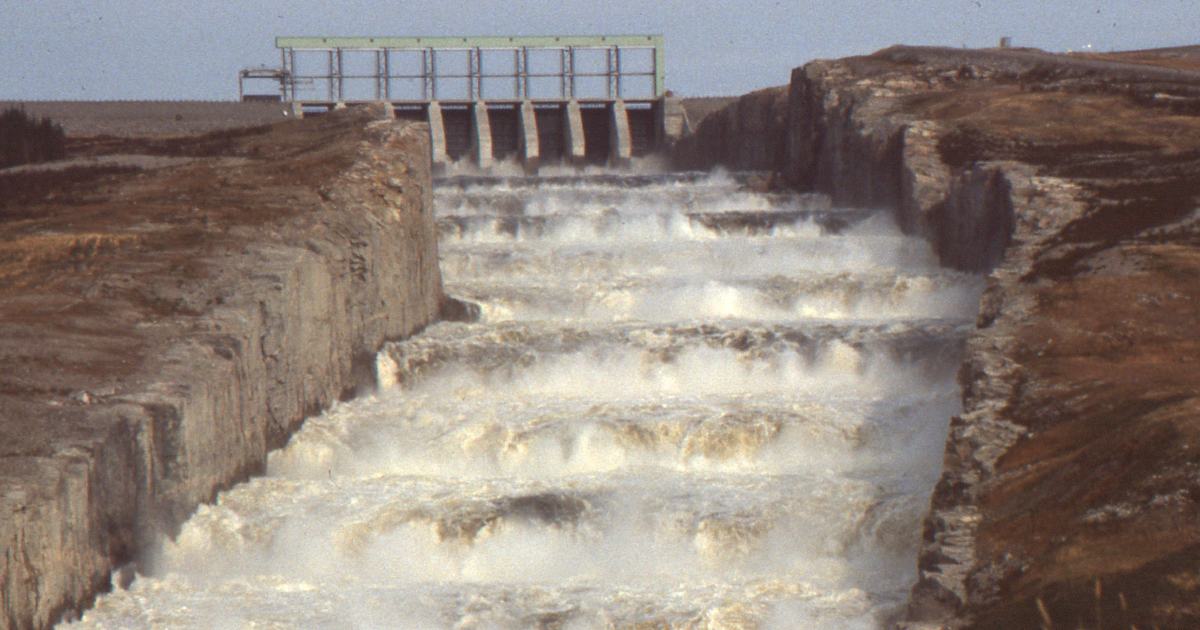
- Size: 162 meters tall, 2.3 kilometers long
- Location: La Grande River, Canada
- Key Feature: 61.3 billion cubic meters reservoir capacity
The Robert-Bourassa Dam, located on Canada’s La Grande River, stands as a testament to North American engineering excellence. Completed in 1981, this dam stretches over 2.3 kilometers and reaches a height of 162 meters. It is capable of holding a massive 61.3 billion cubic meters of water, and its primary function is to generate hydroelectric power, boasting an installed capacity of 5,616 megawatts.
The dam’s construction was part of a larger hydroelectric project aimed at harnessing the immense power of the La Grande River. Despite the challenges posed by the remote location and harsh weather conditions, the project successfully created a critical power source for Quebec. The dam’s design and functionality continue to play a vital role in the region’s energy infrastructure, providing a reliable supply of electricity to millions of residents.
9. Krasnoyarsk Dam
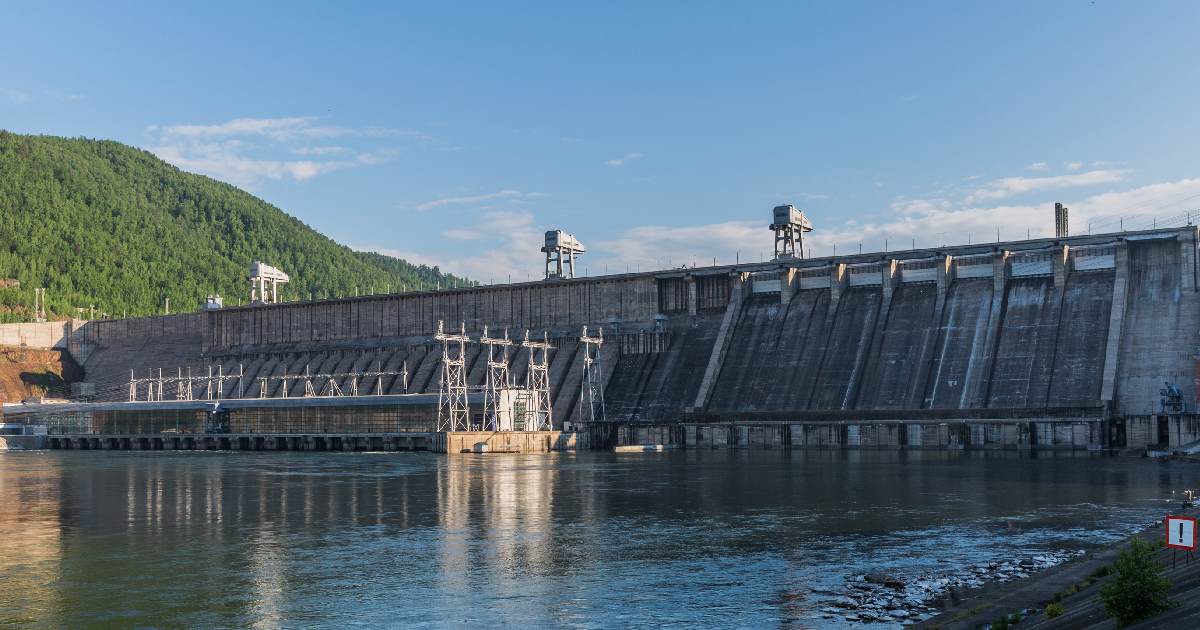
- Size: 560 feet tall, 2,562 feet wide
- Location: Yenisei River, Russia
- Key Feature: 6,000 megawatts of electricity production
The Krasnoyarsk Dam, towering over the Yenisei River in Russia, stands at 560 feet in height and spans a width of 2,562 feet. Completed in 1972 after 16 years of construction, this massive concrete gravity dam is a significant source of hydroelectric power, generating approximately 6,000 megawatts of electricity.
Aside from its power generation capabilities, the Krasnoyarsk Dam is also crucial for flood control in the region. The reservoir created by the dam helps manage the river’s flow, preventing catastrophic flooding downstream. The dam’s impressive scale and strategic importance underscore its role in Russia’s industrial and energy sectors, supporting both regional development and environmental management.
8. Sayano-Shushenskaya Dam
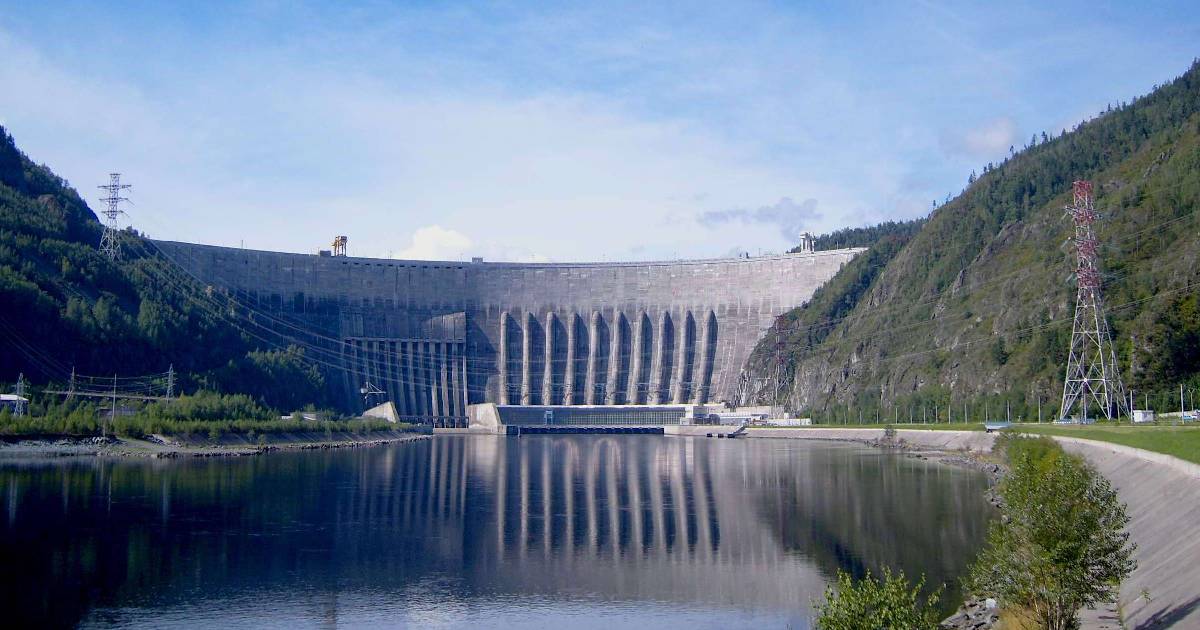
- Size: 810 feet tall, 2,743 feet long
- Location: Yenisei River, Russia
- Key Feature: 31 billion cubic meters reservoir
The Sayano-Shushenskaya Dam, located on the Yenisei River in Russia, is another colossal structure in the world’s roster of dams. Standing 810 feet tall and stretching 2,743 feet long, this dam was completed in 1985 after 17 years of construction. It has an installed capacity of 6,400 megawatts and features ten turbine generators, making it a powerhouse of hydroelectric energy.
The dam also creates a vast reservoir capable of holding up to 31 billion cubic meters of water, which is instrumental in flood control and irrigation. Despite its remote location, the Sayano-Shushenskaya Dam significantly contributes to the electricity supply for several industrial cities in Russia, underscoring its importance in the national grid and regional economic stability.
7. Longtan Dam
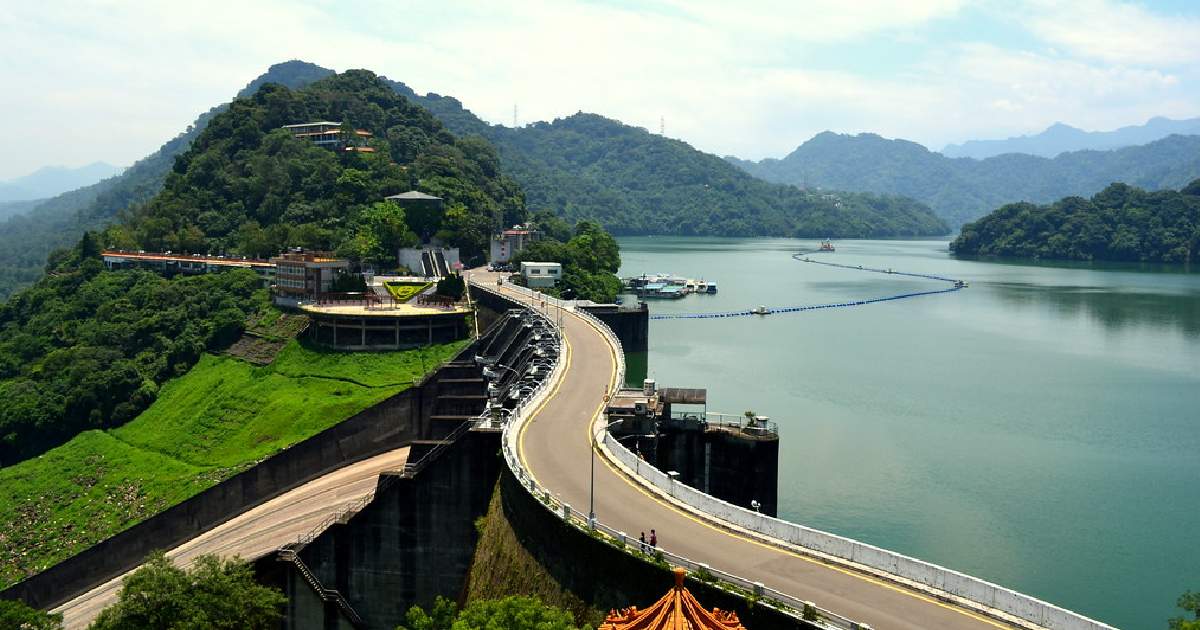
- Size: 904 feet tall, 3,200 feet long
- Location: Hongshui River, China
- Key Feature: 30.3 billion cubic meters reservoir
The Longtan Dam on China’s Hongshui River is a towering example of modern engineering. Completed in 2009 after eight years of construction, the dam stands at 904 feet in height and stretches over 3,200 feet in length. It has a significant role in hydroelectric power generation, with an installed capacity of 6,426 megawatts.
Besides power generation, the Longtan Dam plays a crucial role in flood control and irrigation in southern China. Its reservoir, capable of holding 30.3 billion cubic meters of water, helps regulate water supply and prevent flooding during the rainy season. The Longtan Dam is not just an engineering marvel but also a critical infrastructure component that supports agricultural and industrial activities in the region.
6. Grand Coulee Dam

- Size: 168 meters tall, 1.6 kilometers long
- Location: Columbia River, USA
- Key Feature: 6,809 megawatts of electricity production
The Grand Coulee Dam, located on the Columbia River in Washington State, USA, is one of North America’s largest concrete gravity dams. Completed in 1942 after nine years of construction, the dam stands 168 meters tall and spans 1.6 kilometers. It has an installed capacity of 6,809 megawatts, making it a significant source of hydroelectric power for the region.
In addition to power generation, the Grand Coulee Dam plays a vital role in irrigation and flood control. Its reservoir provides water for agricultural activities in the Columbia Basin, turning arid lands into productive farmland. The dam is also a popular tourist destination, attracting visitors with its impressive size and the scenic beauty of the surrounding area.
The Grand Coulee Dam is not just an engineering marvel but also a cornerstone of regional development. The irrigation projects it supports have transformed the Columbia Basin into one of the most productive agricultural regions in the United States. This multi-faceted functionality makes the Grand Coulee Dam a prime example of how large infrastructure projects can have a profound and lasting impact on a region’s economy and way of life.
5. Tucuruí Dam

- Size: 78 meters tall, 11 kilometers long
- Location: Tocantins River, Brazil
- Key Feature: 8,370 megawatts of electricity production
The Tucuruí Dam, located on the Tocantins River in Brazil, is an impressive feat of engineering. Completed in 1984, the dam stands 78 meters tall and stretches over 11 kilometers. It has a reservoir capacity of 45 billion cubic meters and an installed capacity of 8,370 megawatts, making it a vital source of hydroelectric power for Brazil.
The dam’s construction was aimed at meeting the growing energy demands of Brazil’s industrial and urban areas. Despite the environmental and social challenges associated with its construction, the Tucuruí Dam remains a critical infrastructure project that supports Brazil’s economic development. It also plays a role in flood control and irrigation, further highlighting its multifaceted importance.
Moreover, the Tucuruí Dam has become a significant part of the local community. The reservoir created by the dam has provided new opportunities for fishing and tourism, contributing to the local economy. However, the dam’s construction also led to the displacement of local communities and changes in the ecosystem, showcasing the complex balance between development and environmental conservation.
4. Guri Dam
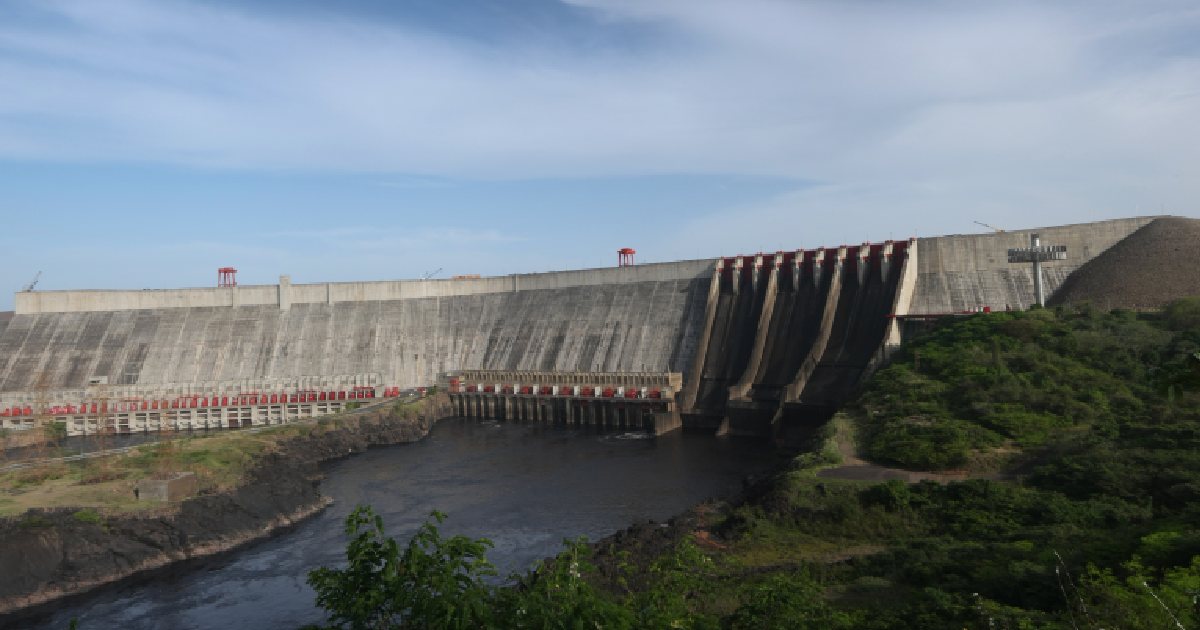
- Size: 162 meters tall, 7.4 kilometers long
- Location: Caroni River, Venezuela
- Key Feature: 10,235 megawatts of electricity production
The Guri Dam, situated on Venezuela’s Caroni River, is one of the largest dams in the world. Completed in 1978 after 15 years of construction, the dam stands 162 meters tall and stretches over 7.4 kilometers. It has an installed capacity of 10,235 megawatts, providing a significant portion of Venezuela’s electricity needs.
The dam’s construction was marked by numerous challenges, including delays and political issues. Despite these obstacles, the Guri Dam has become a cornerstone of Venezuela’s energy infrastructure, supplying electricity to millions of residents and supporting the country’s industrial activities. The dam also contributes to flood control and water management in the region.
The Guri Dam’s impact extends beyond energy production. The reservoir it created has become an important resource for local communities, supporting fishing and providing a water supply for various uses. However, like many large dams, its construction led to environmental changes and the displacement of people, highlighting the complex interplay between development and sustainability.
3. Xiluodu Dam
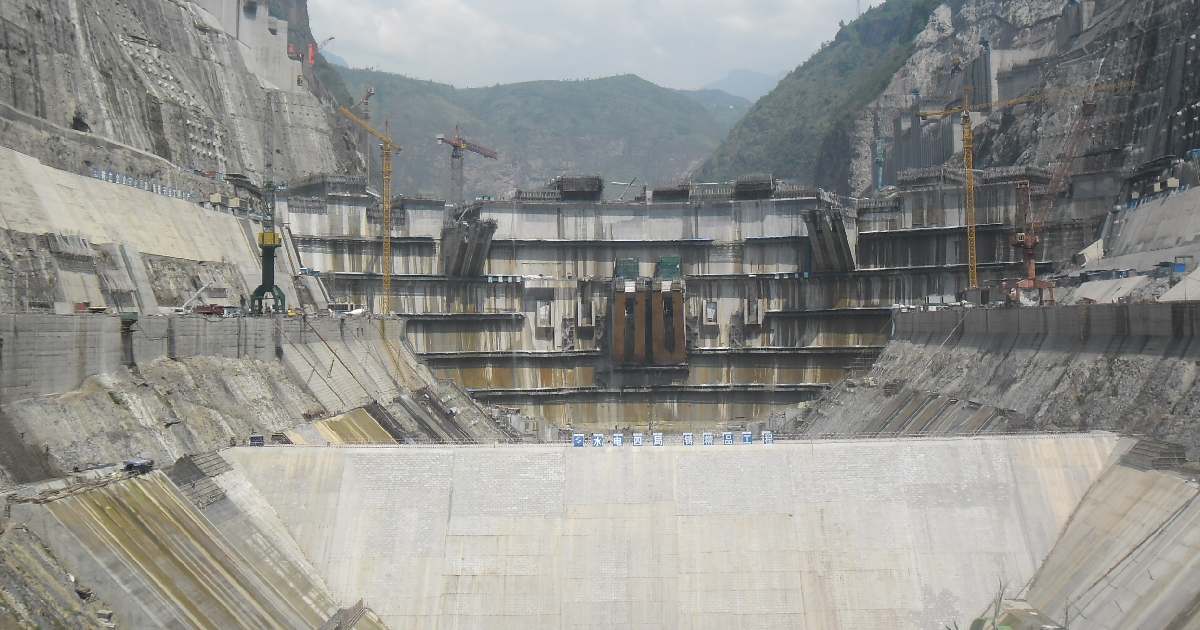
- Size: 285 meters tall, 700 meters long
- Location: Jinsha River, China
- Key Feature: 13,860 megawatts of electricity production
The Xiluodu Dam, located on the Jinsha River in China, is a monumental structure in the world of dams. Completed in 2013 after eight years of construction, the dam stands 285 meters tall and spans 700 meters. It has an installed capacity of 13,860 megawatts, making it a significant contributor to China’s electricity supply.
The dam’s construction was part of China’s broader efforts to harness its rivers for hydroelectric power and support its rapid economic growth. Despite concerns about its environmental and social impacts, the Xiluodu Dam remains a crucial infrastructure project that plays a key role in China’s energy strategy. It also helps with flood control and irrigation, further enhancing its importance.
The Xiluodu Dam’s massive reservoir has created new opportunities for transportation and tourism in the region. However, its construction also led to the relocation of local communities and changes to the river’s ecosystem. These challenges underscore the complex decisions involved in developing large-scale infrastructure projects.
2. Itaipu Dam
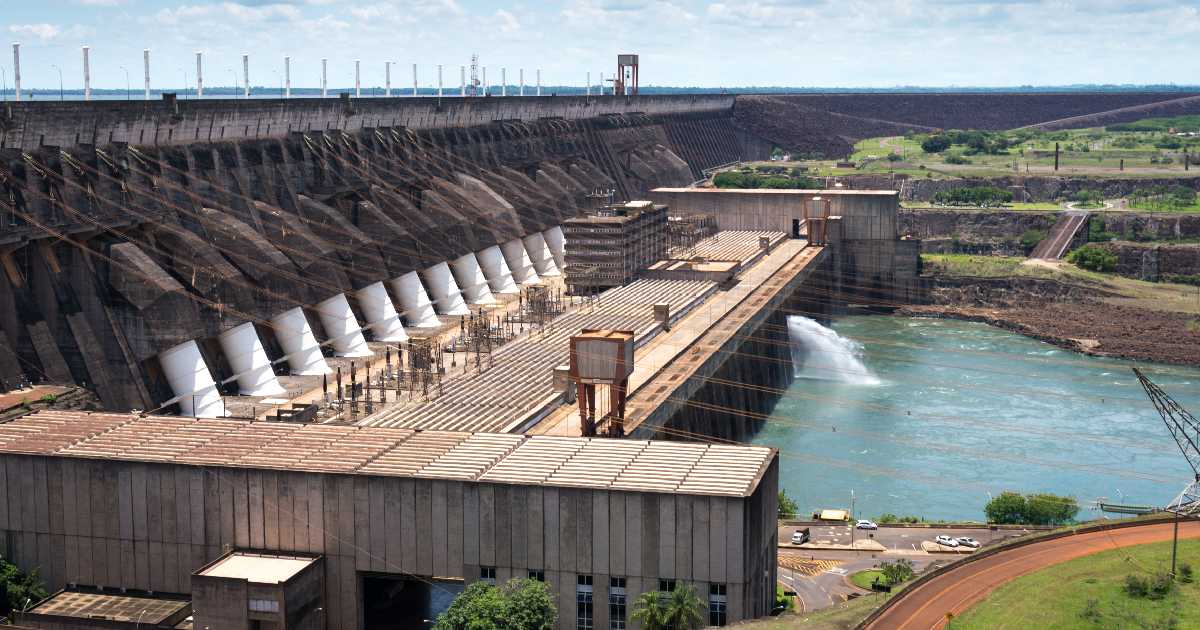
- Size: 196 meters tall, 7.7 kilometers long
- Location: Paraná River, Brazil/Paraguay
- Key Feature: 14,000 megawatts of electricity production
The Itaipu Dam, straddling the Paraná River between Brazil and Paraguay, is one of the world’s most significant hydroelectric power sources. Completed in 1984 after nine years of construction, the dam stands 196 meters tall and spans 7.7 kilometers. It has an installed capacity of 14,000 megawatts, supplying about 90% of Paraguay’s electricity needs and 20% of Brazil’s.
The construction of the Itaipu Dam was a monumental engineering project that involved significant environmental and social challenges. Despite these issues, the dam remains a vital infrastructure project that supports the energy needs of both countries. It is also a popular tourist destination, offering stunning views and showcasing impressive engineering.
The Itaipu Dam is also a symbol of cooperation between Brazil and Paraguay. The two countries worked together to overcome numerous challenges during the dam’s construction, resulting in a project that benefits both nations. The dam’s success has set a precedent for future collaborative infrastructure projects in the region.
1. Three Gorges Dam
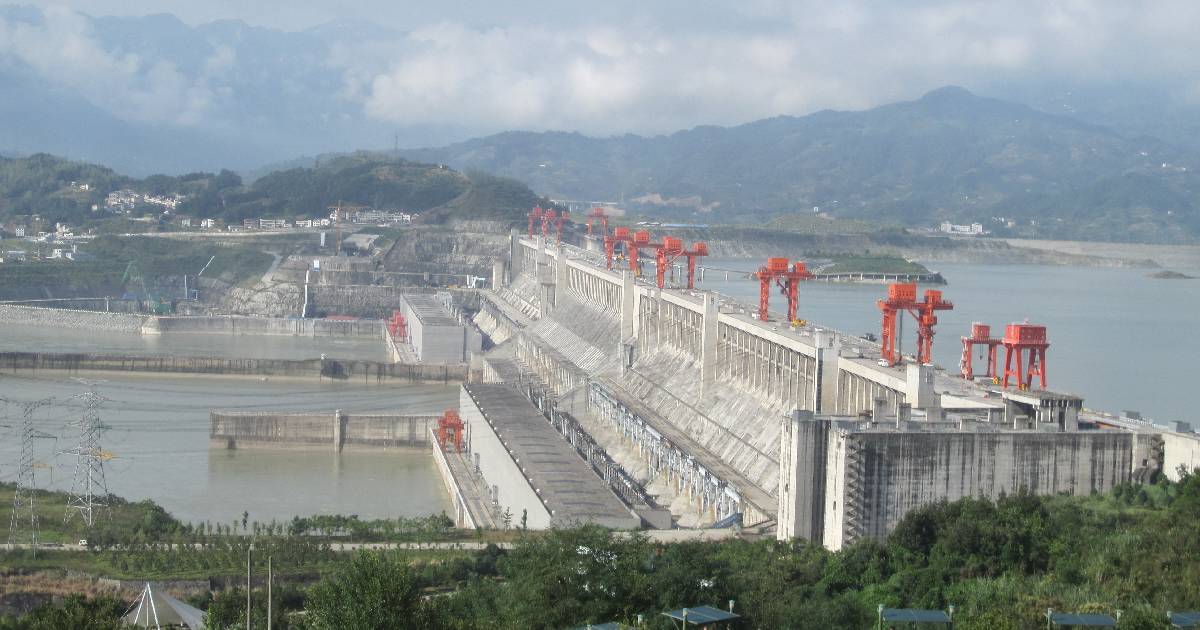
- Size: 181 meters tall, 2,335 meters long
- Location: Yangtze River, China
- Key Feature: 22,500 megawatts of electricity production
The Three Gorges Dam on China’s Yangtze River is the largest dam in the world. Completed in 2006, the dam stands 181 meters tall and stretches 2,335 meters. It has an installed capacity of 22,500 megawatts, making it a powerhouse of hydroelectric energy.
The dam was built to control floods, generate power, and improve navigation along the Yangtze River. Despite its engineering prowess, the Three Gorges Dam has faced significant scrutiny for its environmental and social impacts, including the displacement of over a million people and alterations to the river’s ecosystem. Nevertheless, it remains a prime example of modern engineering and a critical infrastructure project for China.
The Three Gorges Dam has also played a crucial role in improving navigation along the Yangtze River. The dam’s locks allow ships to bypass the rapids and shallow sections of the river, facilitating trade and transportation. However, the environmental and social costs of the dam continue to be a topic of debate among experts and policymakers.
Conclusion
The largest dams in the world are marvels of engineering that play crucial roles in hydroelectric power generation, flood control, and water management. From the towering Three Gorges Dam in China to the expansive Grand Coulee Dam in the USA, these structures demonstrate the immense capabilities of human ingenuity. Despite the challenges and controversies associated with their construction, these dams continue to support economic development and provide essential resources to millions of people around the globe.
Additionally, the development of the world’s largest dams, including those not mentioned, such as the Grand Ethiopian Renaissance Dam and Aswan High Dam, highlights the delicate balance between progress and sustainability. While they offer significant benefits, their environmental and social impacts must be carefully managed to ensure that the positive outcomes outweigh the negative. As we continue to explore new sources of renewable energy and improve our infrastructure, the lessons learned from these massive projects will be invaluable in guiding future endeavors.
Frequently Asked Questions (FAQs)
What are the 10 largest dams in the world?
The 10 largest dams in the world by volume and capacity are:
- Three Gorges Dam (China) – 22,500 MW
- Itaipu Dam (Brazil/Paraguay) – 14,000 MW
- Xiluodu Dam (China) – 13,860 MW
- Guri Dam (Venezuela) – 10,235 MW
- Tucuruí Dam (Brazil) – 8,370 MW
- Grand Coulee Dam (USA) – 6,809 MW
- Sayano-Shushenskaya Dam (Russia) – 6,400 MW
- Longtan Dam (China) – 6,426 MW
- Krasnoyarsk Dam (Russia) – 6,000 MW
- Robert-Bourassa Dam (Canada) – 5,616 MW
What is the largest dam in the United States?
The largest dam in the United States is the Grand Coulee Dam, located on the Columbia River in Washington State. Completed in 1942, this concrete gravity dam stands 168 meters tall and stretches 1.6 kilometers in length. It has an installed capacity of 6,809 megawatts, making it the largest hydroelectric power producer in the United States and a crucial source of electricity for the region.
What is the deepest dam in the world?
The deepest dam in the world is the Parker Dam, located on the Colorado River between Arizona and California in the United States. Known as the world’s deepest dam, Parker Dam extends 98 meters (320 feet) below the riverbed, with a total height of 155 meters (320 feet). This depth allows it to manage water levels effectively and generate hydroelectric power through the Colorado River Aqueduct system.
Which is the largest concrete dam in the world?
The largest concrete dam in the world is the Grand Coulee Dam, located on the Columbia River in Washington State, USA. Completed in 1942, this colossal structure stands 168 meters tall and spans 1.6 kilometers in length. It is not only a marvel of engineering but also the largest producer of hydroelectric power in the United States, with an installed capacity of 6,809 megawatts.
What is the most powerful dam in the world?
The most powerful dam in the world is the Three Gorges Dam on the Yangtze River in China. Completed in 2006, it boasts an installed capacity of 22,500 megawatts, making it the largest hydroelectric power station globally. This immense capacity allows it to generate an enormous amount of electricity, significantly contributing to China’s energy supply and helping to control flooding along the Yangtze River.

